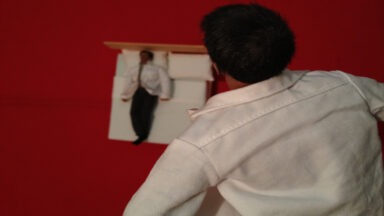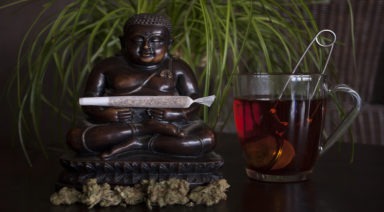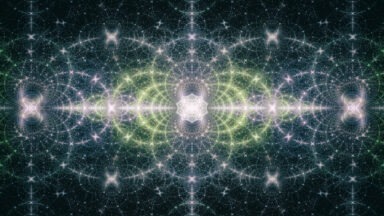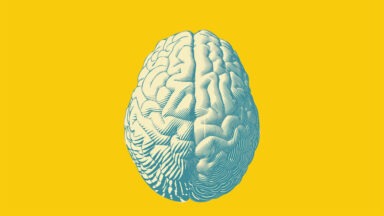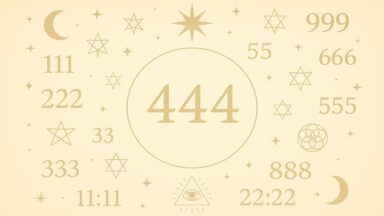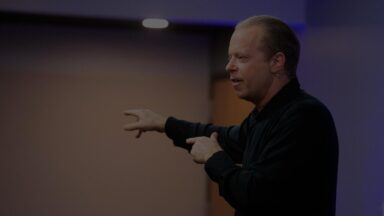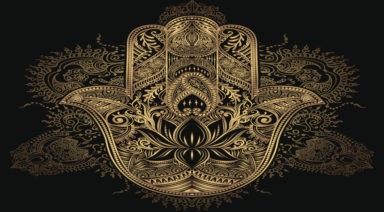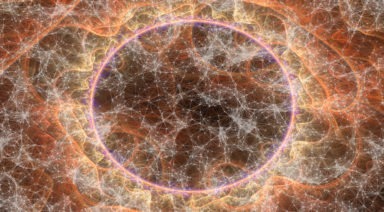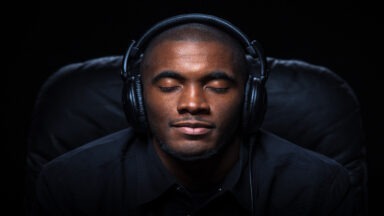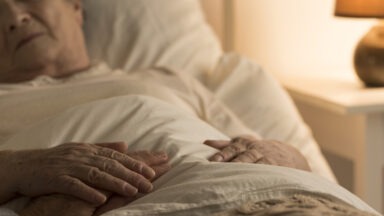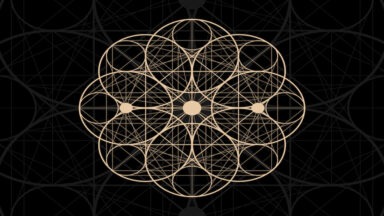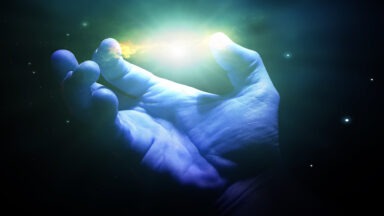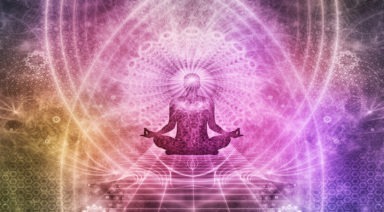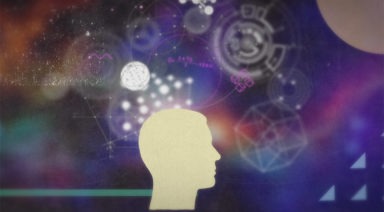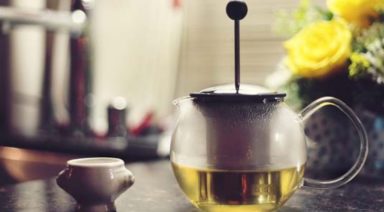The Sacred Uses of Psychedelics in Human History
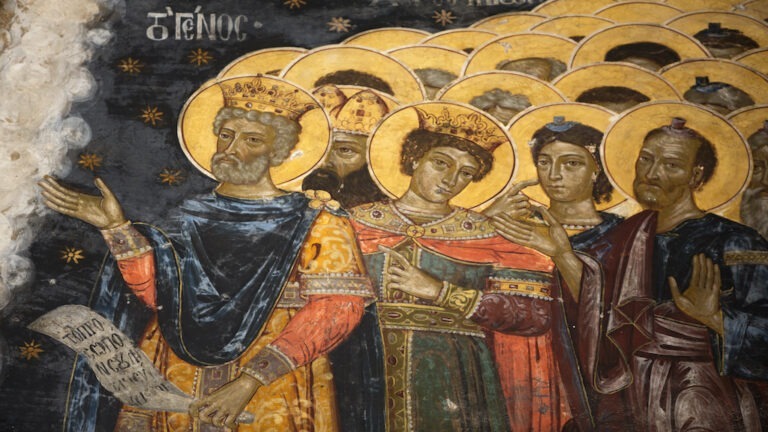
So much has been written over the past several decades regarding the historical use of psychedelic plants and the way they’ve contributed to the evolution of our species. Scholars, writers, and scientists — including researcher Graham Hancock, psychologist Timothy Leary, and ethnobotanist Terence McKenna — have proposed our very evolution is inseparable from the use of psychotropics and the way they’ve shaped the human experience.
And now we welcome a new wave of psychedelic researchers, including author Tom Hatsis, who has deeply considered the ways in which certain plants may or may not have been depicted in ancient and sacred contexts.
Hatsis might be regarded as a man on a quest to prove nature’s plants have the power to bring growth and insight beyond ordinary sources of knowledge and information, but he is clear to distinguish between recreational and sacred use of them. He is also armed with plenty of research that aims to clear up misguided conclusions about the role of psychedelics in history, including their appearances throughout biblical works of art.
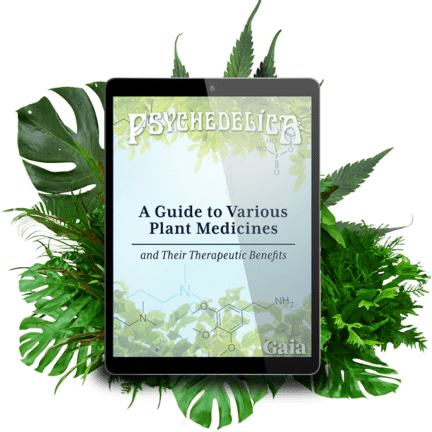
Enter your email below to receive a free ebook
A Guide To Various Plant Medicines and Their Therapeutic Benefits
Entheogenic Studies
Hatsis focuses a great deal on entheogenic, or psychedelic, studies. The term entheogen was coined in 1979 by ethnobotanical pioneer Carl Ruck to describe psychoactive substances derived from plants and fungi, ingested as part of a sacred ritual to produce visions or gain mystical insights.
With an unusual depth of understanding, Hatsis points out that these once-holy plants fell into disrepute and recreational use in the 1960s, leading to criminalization and disfavor in the larger cultural context, as they were being used as party drugs by those who held no higher intentions other than a desire to become intoxicated.
Hatsis says mainstream media bias led to America’s first real judgment of plant medicines, putting them in a bad light and creating a taboo against their use. The negative repercussions of ubiquitous substance abuse overshadowed the sacred, historical, and spiritual use of these plants, and Western society is still reeling from this misstep.
Psanctum Psychedelic Library
Hatsis is the founder of the Psanctum Psychedelic Library, which he created on the heels of a wide range of psychedelic literature he researched, collected, and devoured. The library has cataloged everything from 15th-century ointments to CIA mind-control tests in the mid-20th century. His meticulous work continues to be fueled by his devotion to psychedelic plants and his quest to honestly and faithfully serve culture, history, and the planet. He brings his education, as well as his personal experience, to bear, after decades of expanding his horizons with an array of plant medicines and in his words, “lots—lots—of cannabis.”
The Psanctum Psychedelic Library is a repository of psychedelic literature that has been largely overlooked — and even forgotten — by academics, healers, and laypeople. Hatsis’ research resurrects the experiences and ideas of Western intellectuals who rediscovered what shamans and mystics all over the world have known for centuries: The power of plant medicines provide access into the deepest parts of the psyche and soul. “These medicines,” said Hatsis, “get us closer to Gaia [Mother Earth]. For thousands of years, people have been using them to get closer to the divine.”
Setting the Record Straight
In his interview with George Noory, it becomes clear that Hatsis’ research clears up misconceptions regarding plant medicines, including suppositions made by those pushing for legalization as well as mystical seekers. Part of his contribution includes debunking research and teachings that misrepresent medieval paintings and suggest the use of certain psychedelic plant species were secretly encoded in early artwork.
The thousands of images often cited as proof of the use of holy mushrooms do not depict mushrooms at all, he says. Instead, they are images of stylized trees that can be easily traced to earlier concepts of trees in art. Medieval Christians, Hatsis says, were quite open about using opium, mandrake, cannabis, henbane, but did not mention using mushrooms. Considering the obvious use of all of these plant medicines, there was really no reason why artists would need to covertly place mushrooms in their religious depictions.
He concludes that while it is okay to be enthusiastic about the use of mind-expanding plants, it’s not okay to make suppositions without solid evidence.
Hatsis spends much of his time traveling, teaching, and working to show the profundity of mystical experiences whether naturally occurring or through plant medicines. But to be clear, he doesn’t advocate the careless consumption of these substances. On the contrary, he tells Noory, “I don’t recommend anyone take psychedelics, but if you’re going to, I recommend having a reverential approach.”
Psychedelic Experiences Neurologically Mimic Near-Death Experiences
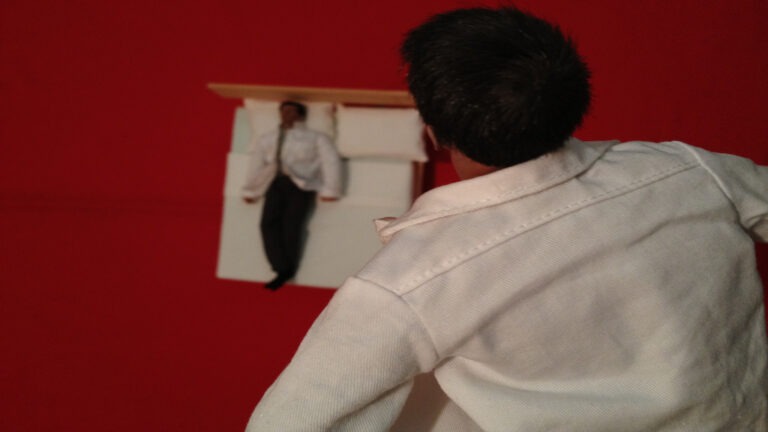
Research suggests the psychedelic trip is remarkably similar to a Near-Death Experience and has been noted for decades. Now, research into the neural activity experienced while under the influence of psychedelics, is providing valuable context for the commonalities.
Dr. Eben Alexander is a neurosurgeon who experienced an NDE in 2008 and has since been studying the phenomenon and sharing his findings in a number of bestselling books.
“This research with psychedelics has been so fascinating,” Alexander said. “Not only does it show that the brain goes dark under the influence of such substances, they actually showed this beautiful inverse correlation between the amount of turning off and dissolution of the Default-Mode Network, as demonstrated on fMRI, with a degree of liberation of consciousness away from the ego into these unfettered realms of transcendental and paranormal experience. It shows us in a very concrete fashion that the brain activity is not actually causing all of this to happen, but it’s more the brain getting out of the way.”
Researcher Dr. Rick Strassman was the first to rigorously study the overlap between the psychedelic experience and the NDE. The commonalities are quite significant.
“It’s all about entering new realms, I mean, entire immersive experiences — worlds that are different from our material realm. That is a very common theme in those drug experiences as well as in near-death experiences. There’s also this extraordinary world of beings, entities, guides, of intelligences. It’s showing this incredible unification, a sense of being, and a binding force of love through these experiences. So, there’s a commonality of lesson and transformation,” Alexander said.


